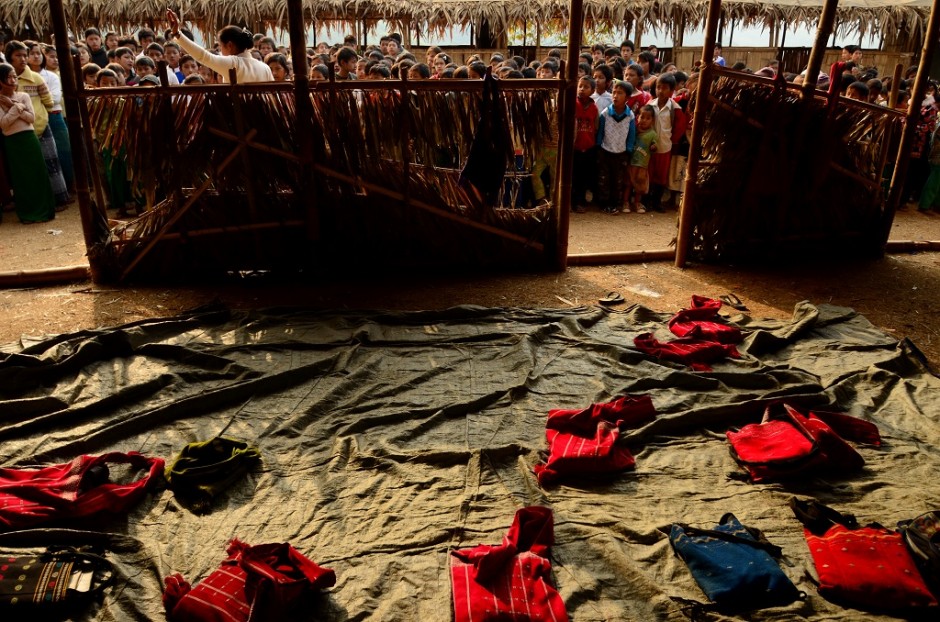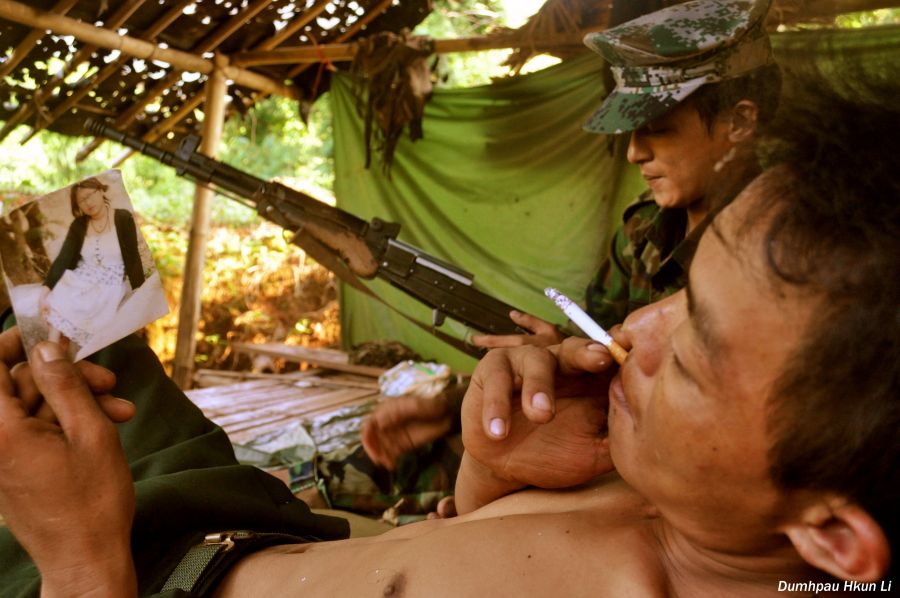BEFORE I TOOK MY FIRST PHOTOS in Kachin State, I taught a one-week documentary photography / writing workshop with Tim Patterson to 15 bright-eyed kids. The students came up with some great results. and I gave two cameras to the most promising students and left two other cameras behind for general use.
Many of the students said they would be in touch and send me links to the photos they were taking.
One year later I hadn’t heard anything.
I could have given up, but I reflected on what would’ve worked better, and tried again the next year — with more or less the same results.
This process of trial and error was the foundry where my ideas were pounded, put in the fire and pounded again. Documentary Arts Asia was the eventual result, a foundation that would not just teach documentary photography, but offer continued support, rewards, assignments, certificates, a gallery / magazine to show their work, and an agency to sell it. It was about creating a nice logo and name to make people feel they were a part of something important.
Really interesting things started to happen then. The first was an award from the W. Eugene Smith Fund to start a physical center for DAA. Days later, the Kachin Independence Organization invited me to teach a week of their month long media training. I jumped on a plane from a Malaysian island and soon was in front of the largest class I had taught to date — nearly 60 students over seven days.
I put a lot into teaching and was on the verge of burnout on day five when I saw this single photograph from a student of mine named Hkun Li.
I felt the last week, and even the last four years of work, had been validated in an instant. It was such an intimate and real view into the life of a front-line soldier. It embodied all the reasons I wanted to teach. These youth already had great background knowledge, perfect language skills, unparalleled access, and a trust from their subjects that, even after four years on this project, was far beyond what I had worked and waited for. All they needed were some camera skills and artistic guidance.
Despite being chronically optimistic, I still wondered if Hkun Li and others would follow through by self-study, practice, and, finally, publication. When the training ended, DAA had one micro grant of $100 USD to shoot a photo essay on any topic related to the current fighting or refugees. Hkun Li proposed to shoot kids for two weeks in the camps with the least amount of aid and the coldest weather.
A selection of the recently displaced peoples from the civil war in Burma can be seen in the gallery below. (Despite the mainstream media showing Burma making positive changes, the situation in Kachin has seriously deteriorated over the last 12 months.)
After that project, and seeing his images published in places like the Democratic Voice of Burma and the US campaign for Burma, Hkun Li was hooked. Despite having a full time job and no camera of his own, he made time, borrowed cameras, and continued shooting regularly, focusing on kids in the many IDP camps.
“Photographing these kids is more interesting to me now than my GF,” Hkun Li said. His friends started calling him “camera crazy.”
Hkun Li is still pushing his boundaries and some people joke that my student takes better photos than I do.
One might think this would be discomforting; after all, I’ve been working for over 10 years to be a good photographer while he’s been at it less than 10 months.
But if anyone has read my piece on how to start an NGO, you’ll know my main goal is to work myself out of every job I do. I couldn’t be happier to hear he is as good or better than me.
Hkun Li and other students have gone on to assist me in teaching a basic and intermediate documentary photography workshop in Laiza, the capital of the Kachin Independence Organization. Soon they’ll be teaching by themselves. If my work with Documentary Arts Asia ultimately succeeds, I can just visit the Kachin as a friend and leave my camera and projector at home.
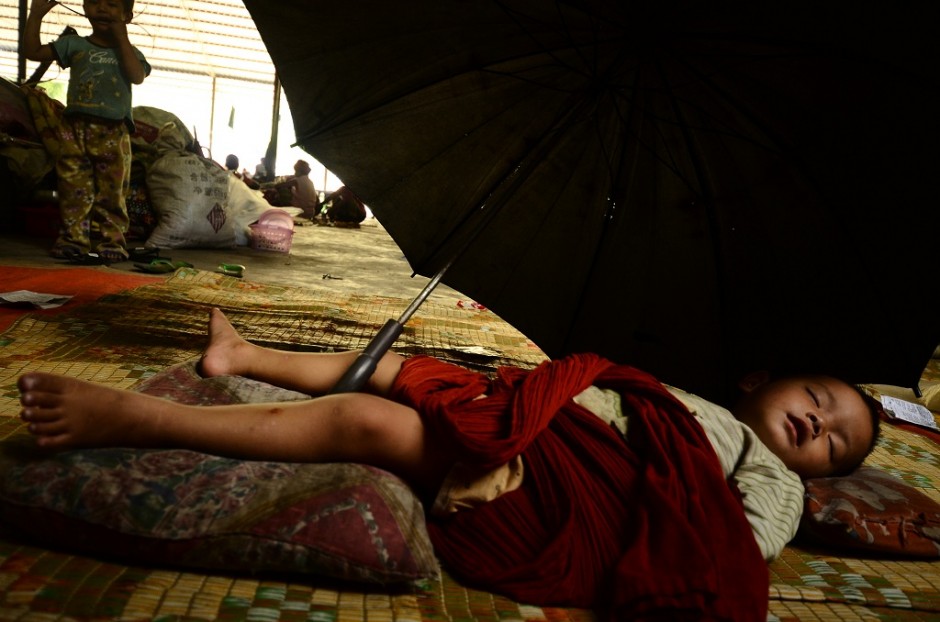
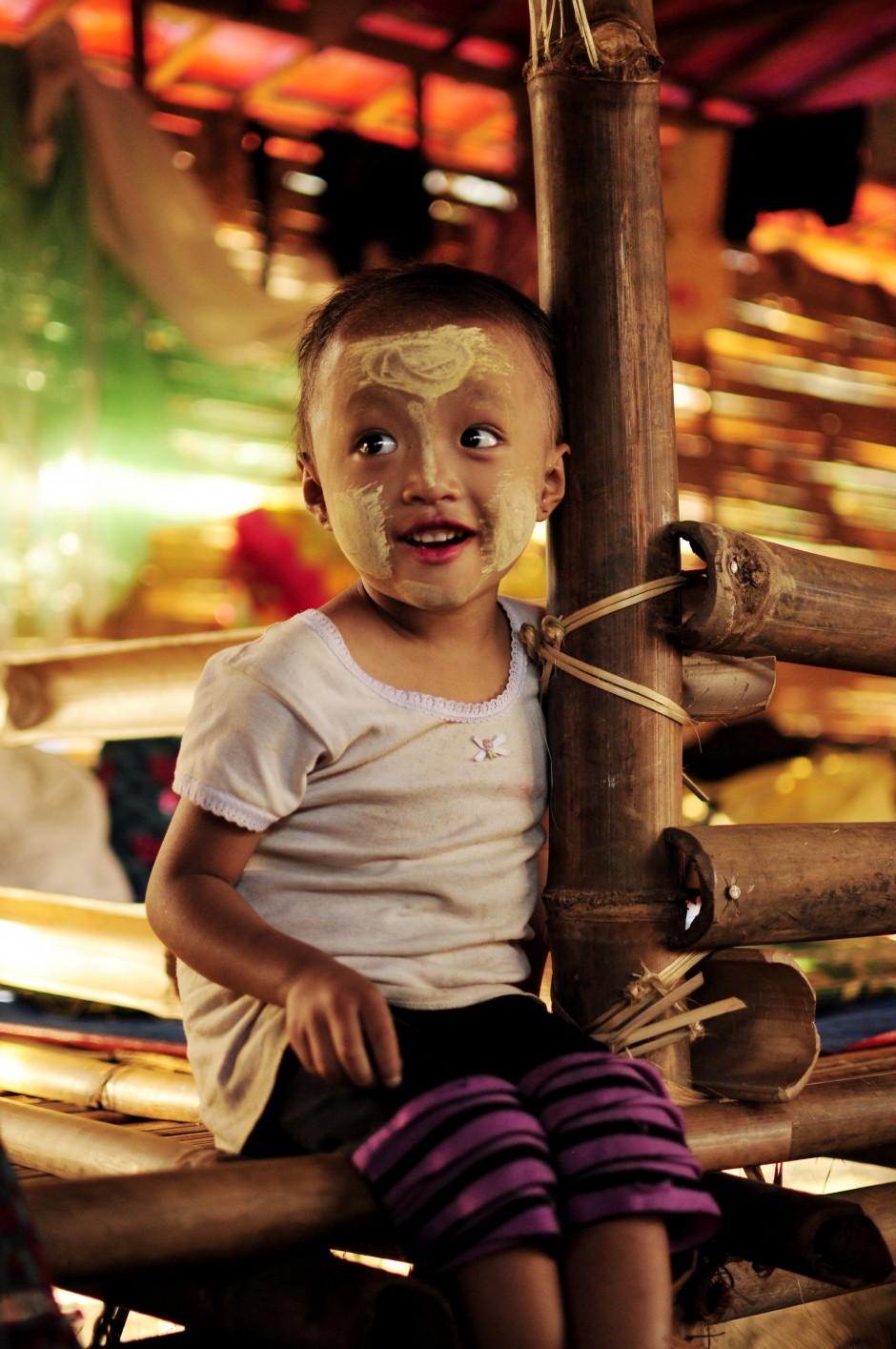
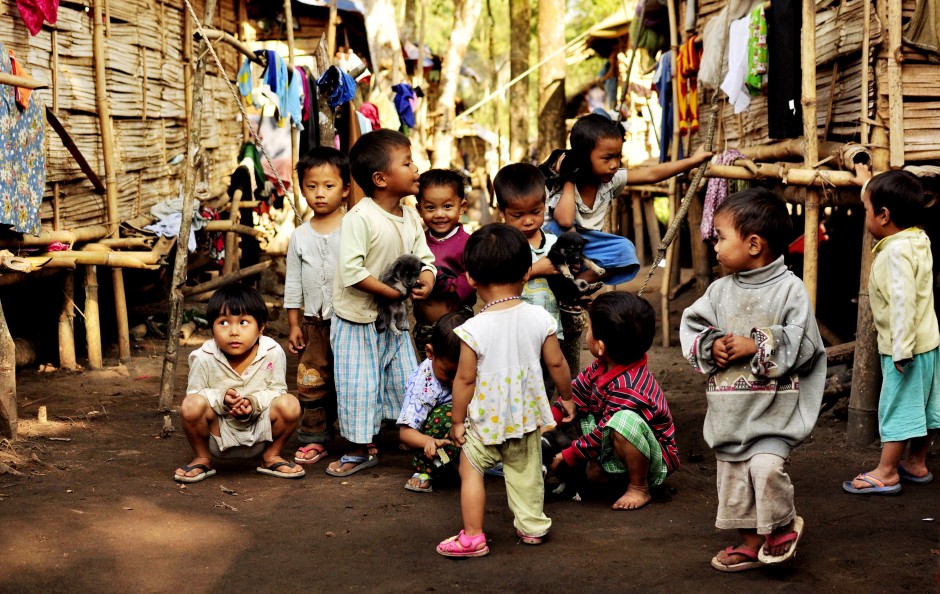
Intermission
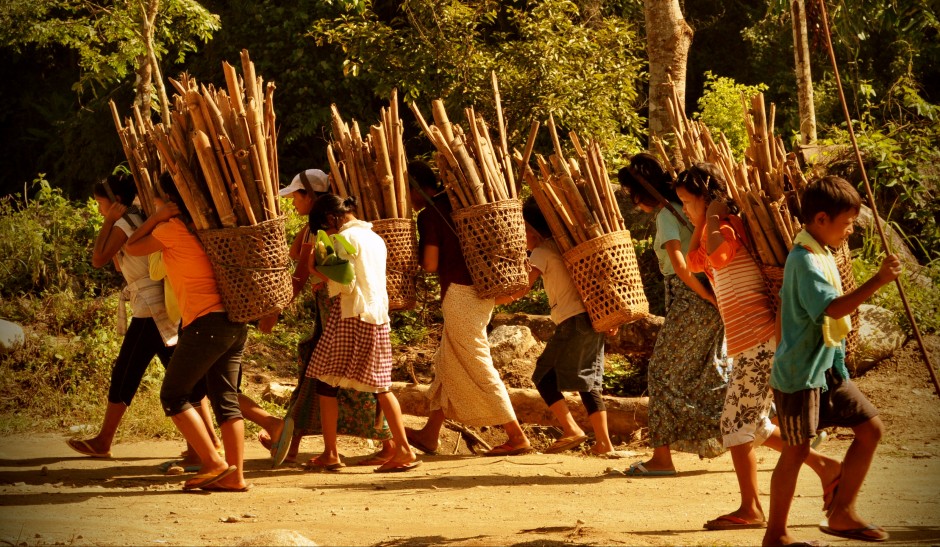

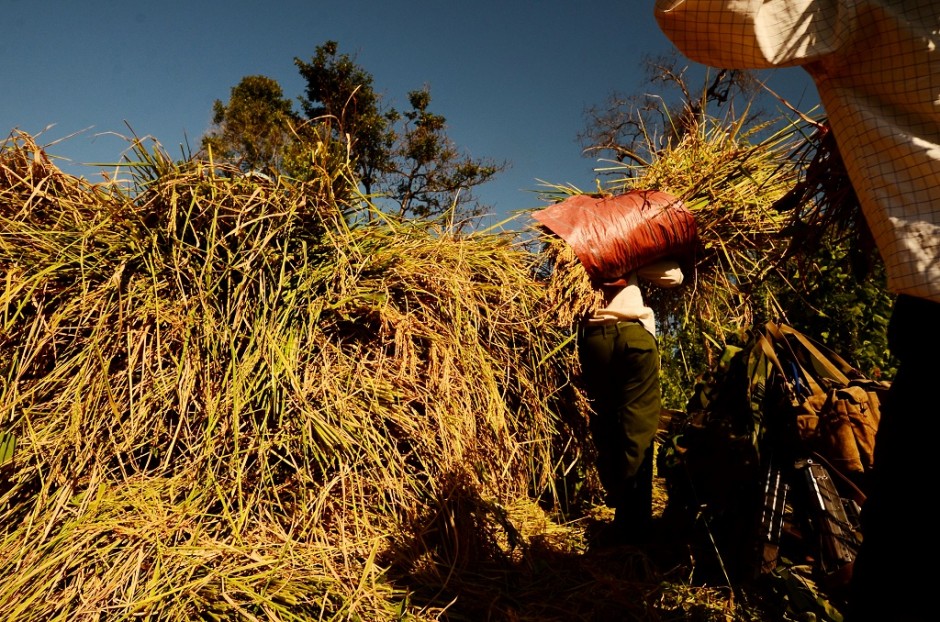

Intermission
